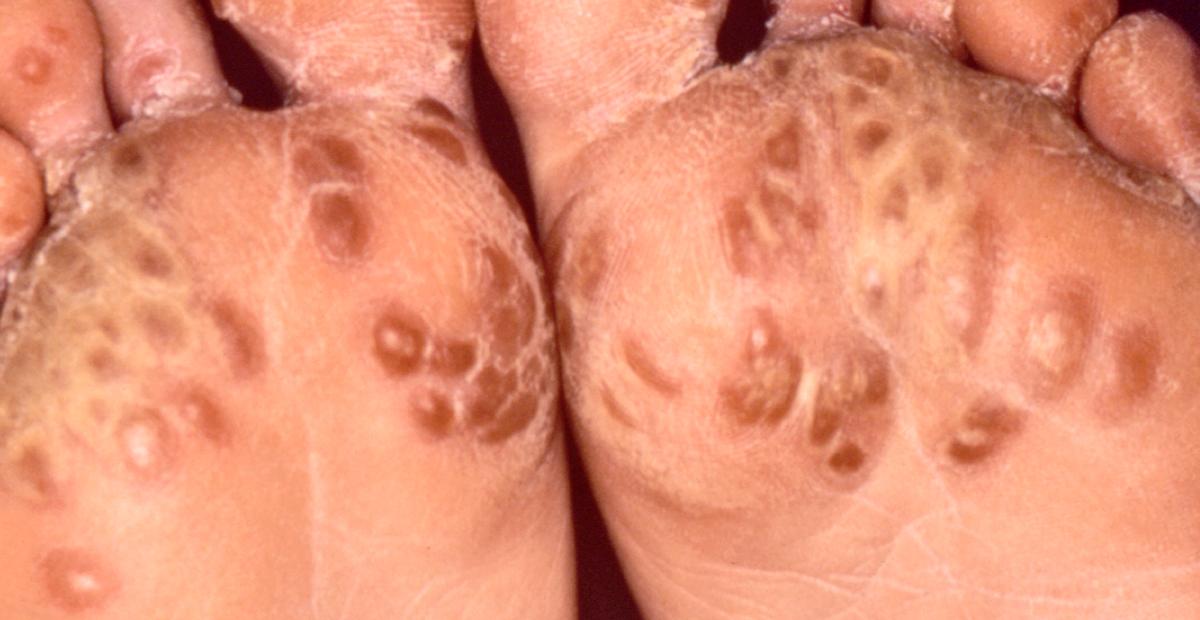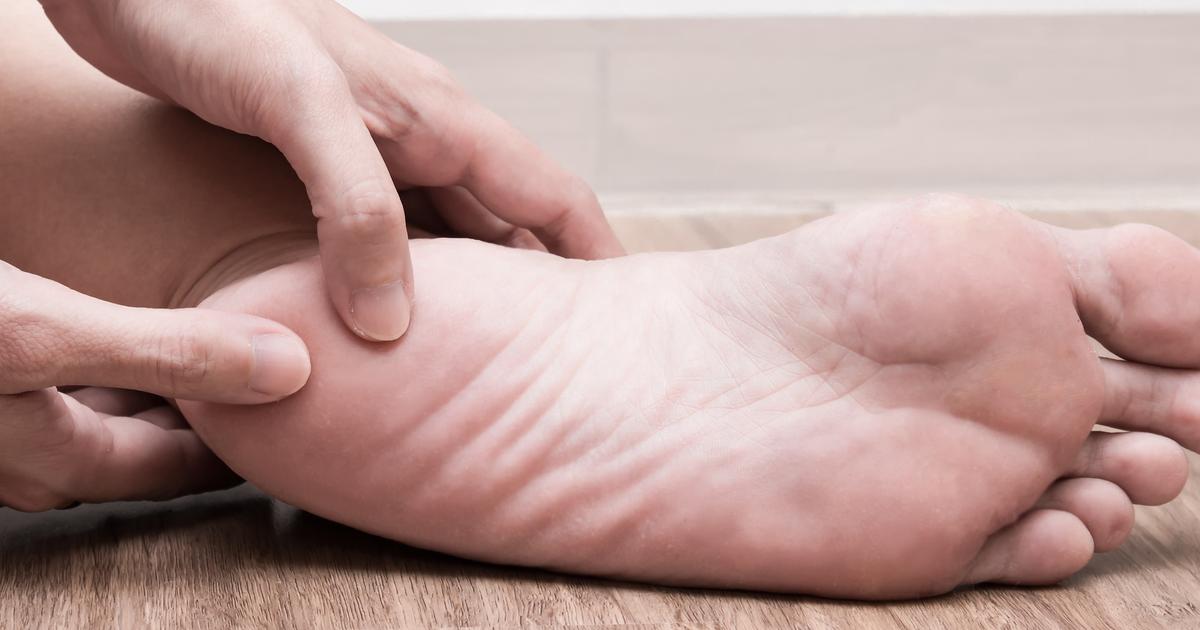Guide To The Types Of Spondyloarthropathy
Spondyloarthropathy is a group of conditions related to arthritis that affect the points where the bones connect to tendons and ligaments. Tendons connect the bones to muscles, while ligaments connect the bones to each other. Spondyloarthropathy attacks the vertebrae, or the bones in the spine. It also attacks the joints that connect to them, such as the bones that make up the hips and shoulders. Fortunately, spondyloarthropathies are rare, with the disorder affecting less than one percent of adults in the United States. Men are much more likely to be affected than women, and in some individuals, spondyloarthropathies have a genetic component.
Get to know the different types of spondyloarthropathy now.
Enteropathic Spondyloarthropathy

Enteropathic spondyloarthropathy is linked to disorders of the gut, and it sometimes appears in individuals who have inflammatory bowel diseases such as ulcerative colitis or Crohn’s disease. Patients who have this type of spondyloarthropathy have pain and stiffness in their back that arise just before or at the same time as their gastrointestinal symptoms. The treatment of enteropathic spondyloarthropathy can be complex. The doctor not only has to treat the pain and inflammation but the symptoms of the inflammatory bowel disease, which can be severe, as well. For example, nonsteroidal anti-inflammatory medications such as ibuprofen can ease the pain of the arthritis component of this condition while exacerbating the gastrointestinal symptoms.
Keep reading for more on the different types of spondyloarthropathy now.
Psoriatic Arthritis

Psoriatic arthritis sometimes but not exclusively affects individuals who have psoriasis, a skin disorder. Both conditions are chronic, which means they are long lasting, and both have flare-ups followed by remissions. Psoriatic arthritis tends to strike the larger joints in the body, including the legs and the joints in the patient’s finger and toes. It is also a problem for the hip and back. When it affects the bones of the spine, it can be classified as a type of spondyloarthropathy. Symptoms are different for different individuals. Some patients have only mild symptoms, while symptoms are severe and potentially crippling in others. The condition usually appears in adults, though it has been known to appear in children. In some cases, the arthritis symptoms present even before the symptoms of psoriasis.
Learn more details about the various forms of spondyloarthropathy now.
Ankylosing Spondylitis

Also called Marie-Strümpell disease, ankylosing spondylitis is a chronic and progressive form of arthritis where the bones of the spine are inflamed and fuse together. It affects men more than women and usually starts when the patient is in their late teens or twenties. The early symptoms are an ache in the lower back sometimes accompanied by sciatica. Patients also suffer early morning stiffness in the spine. At first, they just believe they are suffering from a backache. As the disease progresses, the pain moves from the lower back to the thoracic spine and up to the neck. The pain may also spread to the arms, legs, feet, and hands. As the spine continues to stiffen, the patient may adopt a 'bent forward' posture. Their muscles may also become stiff, and they may suffer weight loss and fatigue. Another symptom of ankylosing spondylitis is iritis, or red and sore eyes.
Get the details on more spondyloarthropathy types now.
Reactive Arthritis

Reactive arthritis results in painful swelling in the joints, most often the knees or ankles. The heels, toes, and fingers also swell and patients often have persistent lumbar pain that is worse in the morning or at night. The eyes may be red and irritated, and patients may have a rash on the soles of their feet or their palms and burning urination. While the ultimate cause of reactive arthritis is unknown, reports indicate a genetic predisposition comes into play. Research also shows reactive arthritis most often occurs after a variety of infections, including Chlamydia trachomatis, shigella, Campylobacter bacteria, and salmonella. Reactive arthritis appears about a month after the person experiences symptoms of their infection. Reactive arthritis used to be considered Reiter's syndrome, though the two are now classified as different conditions.
Uncover the next form of spondyloarthropathy now.
Reiter's Syndrome

Reiter's syndrome is a very rare form of spondyloarthropathy. It is similar to reactive arthritis because it can be a complication of a sexually transmitted bacterial infection caused by the Chlamydia bacteria. It can also be caused by salmonella poisoning. The great majority of individuals who contract Reiter's syndrome have a gene marker known as HLA-B27. Besides inflammation of the spine and the lower joints in the back, Reiter’s syndrome also inflames the tendons in the heel and fingers. The heel responds to this by growing bone spurs, which cause their own pain and discomfort. Reiter’s syndrome also causes inflammation of the reproductive organs and the eyes. The eyes grow red, irritated, and painful.
